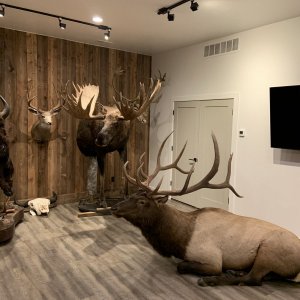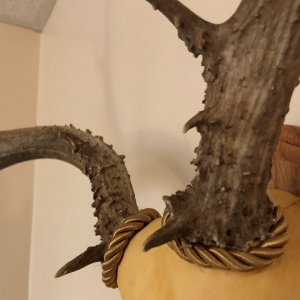There's been a number of posts recently with concern about the decline in mule deer across the Western US. I thought I would share some of the results we've generated the past couple years for long-term cheatgrass control. Some of the oldest long-term areas we sprayed 7+ years ago still have excellent cheatgrass control with an abundant diversity of native forbs, shrubs, and grass species that have replaced the areas that originally was dense cheatgrass.
I would really like to get this information out to other land managers across the Western US that want to make a difference improving mule deer and other wildlife habitat. It's been exciting to see such a quick and dramatic response!
Below is a short introduction to cheatgrass that Hannah Nikonow published in the Sept/Oct issue of the Mule Deer Foundation Jouranl.
Many experts are now citing the number one threat to mule deer in many parts of the West isn’t carnivores, development, or disease. Rather, it’s a tiny little plant, thinner than a toothpick and much more delicate, but very tenacious. You probably have heard of cheatgrass by now, maybe even felt its seeds dig into your ankles while hunting in sagebrush country. This wimpy-looking exotic grass from Eurasia doesn’t look like much of a threat, at least at first glance, to the mule deer we pursue each autumn. But make no mistake, this invasive grass packs a nasty punch to sagebrush habitat.
I would really like to get this information out to other land managers across the Western US that want to make a difference improving mule deer and other wildlife habitat. It's been exciting to see such a quick and dramatic response!
Below is a short introduction to cheatgrass that Hannah Nikonow published in the Sept/Oct issue of the Mule Deer Foundation Jouranl.
Cheating the Sage, and the Fight Ahead for Mule Deer and Hunters
Click here to read this full article from the Mule Deer Foundation Journal’s 2019 September/October issue.Many experts are now citing the number one threat to mule deer in many parts of the West isn’t carnivores, development, or disease. Rather, it’s a tiny little plant, thinner than a toothpick and much more delicate, but very tenacious. You probably have heard of cheatgrass by now, maybe even felt its seeds dig into your ankles while hunting in sagebrush country. This wimpy-looking exotic grass from Eurasia doesn’t look like much of a threat, at least at first glance, to the mule deer we pursue each autumn. But make no mistake, this invasive grass packs a nasty punch to sagebrush habitat.
Last edited:

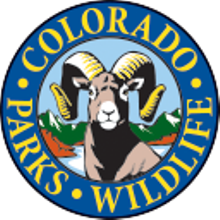





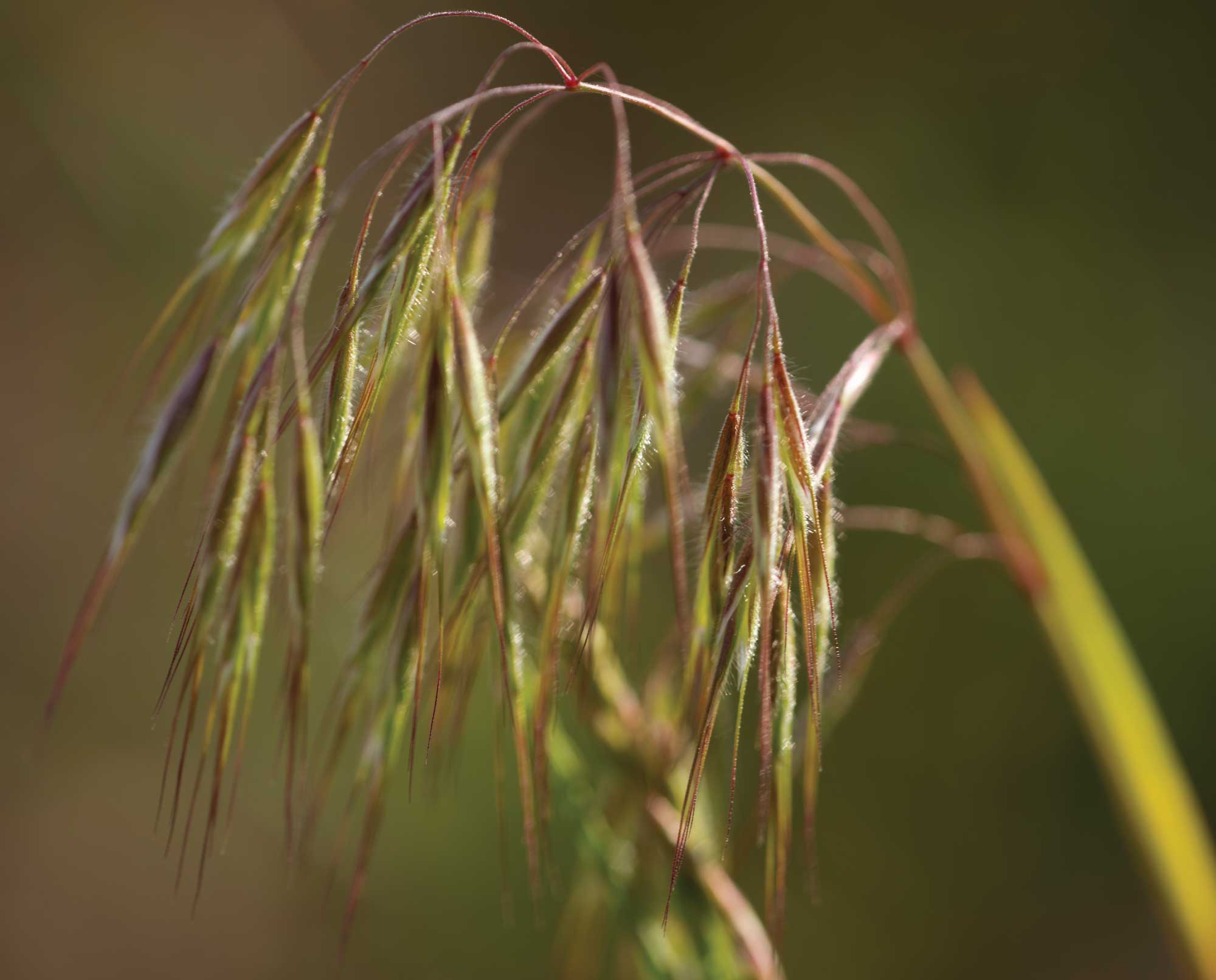
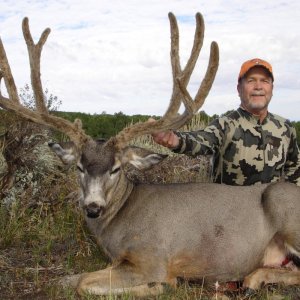
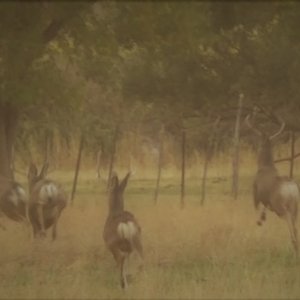
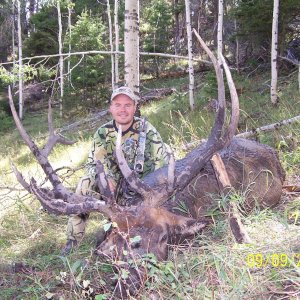
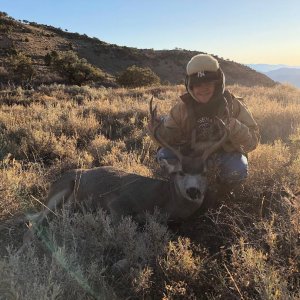
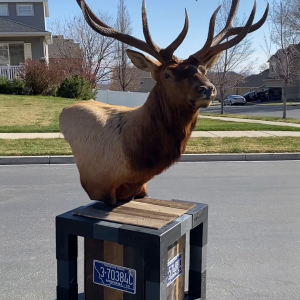
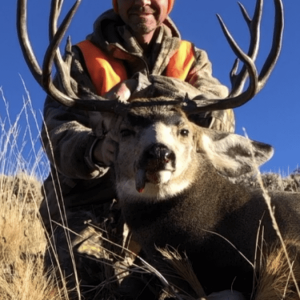
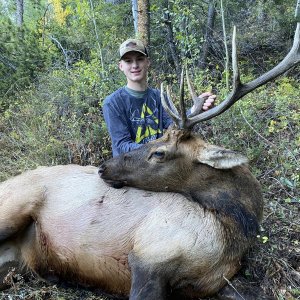
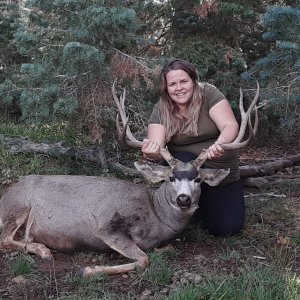
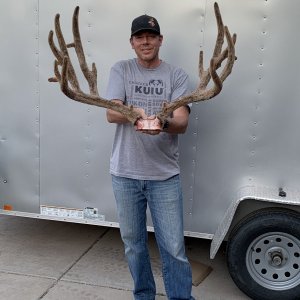
![IMG_0444[2444].jpeg](/xf/data/xfmg/thumbnail/26/26008-aa5bca5d2a3176ded5b358a72bce2ffb.jpg?1658505755)
